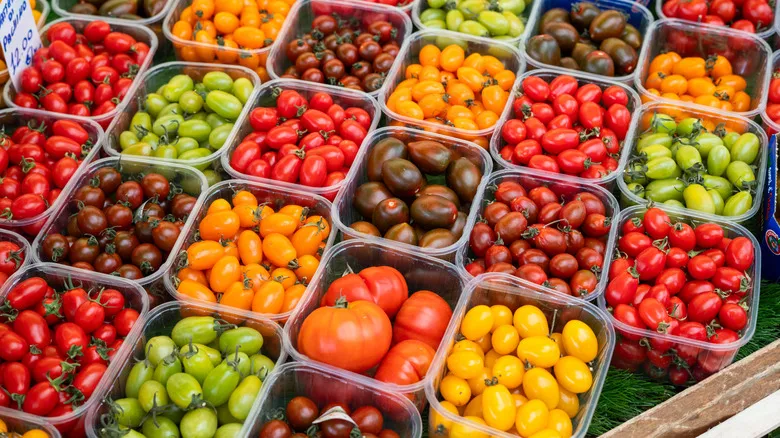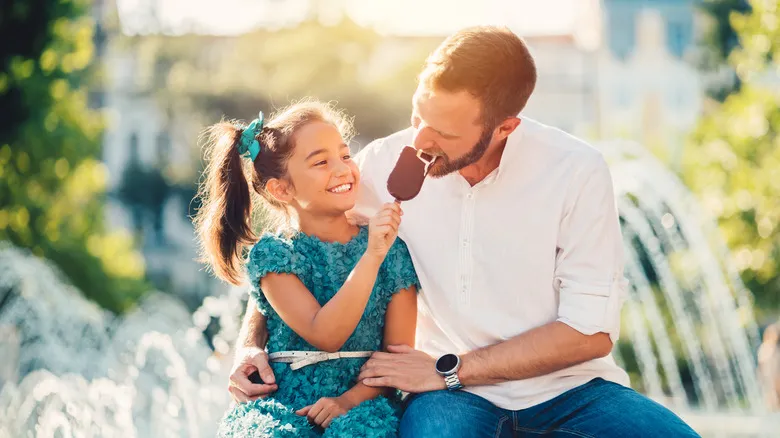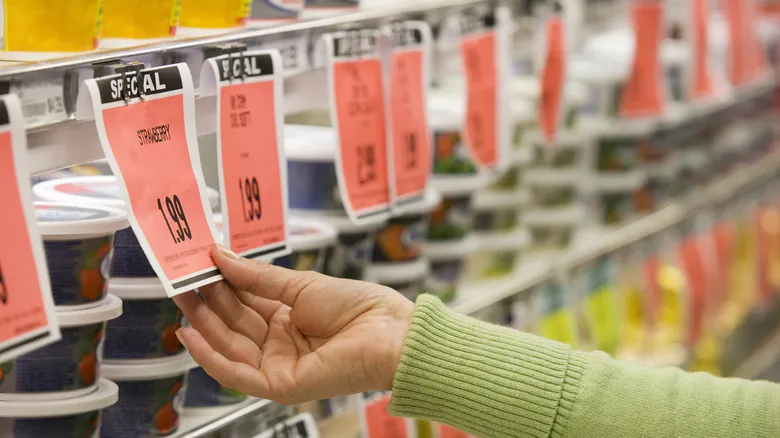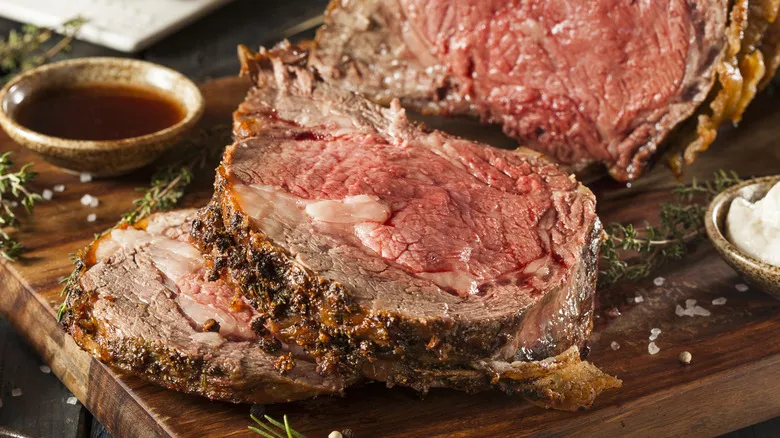The basics for buying prime rib at the store

Another consideration is whether you prefer the bone-in or boneless option. The bone-in choice tends to yield a juicier result, while the boneless version is more convenient to serve since you won’t have to carve around the bone. When selecting a size, plan on one pound to serve one guest (which translates to about two guests per rib). If you end up with excess meat, you can easily reheat your prime rib to keep it moist and flavorful.
You can also trust your senses when making a purchase. Look for a color that is a deep red or slightly purplish. If the meat appears grayish, brown, or light red, it may be oxidized and not as fresh. The marbling is crucial for flavor, so aim for a cut with a good distribution of fat throughout, which will promote even cooking. The meat should not look excessively dry in the packaging, and when you touch it, it should have some bounce to the texture.
If you're uncertain, don’t hesitate to ask your butcher for help. You can describe what you’re seeking in terms of quality, fat content, the number of guests you plan to serve, and your cooking method, allowing the expert to provide tailored advice. With a bit of knowledge, you can ensure that your prime rib dinner will be memorable.
Recommended

The Only Tomatoes You Should Buy During The Winter

4 Nostalgic Treats That Have Been Totally Reinvented

How To Know When Sales Make Stocking Up On Grocery Staples Worthwhile

Joey Chestnut's Most Glorious Moments As A Nathan's Hot Dog Contest Champion
Next up

